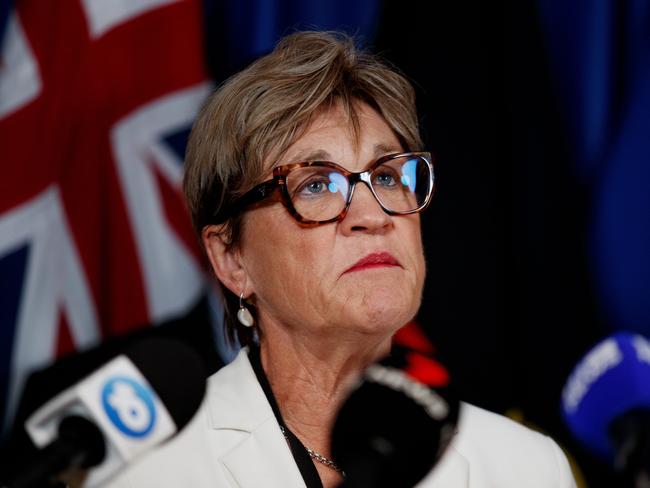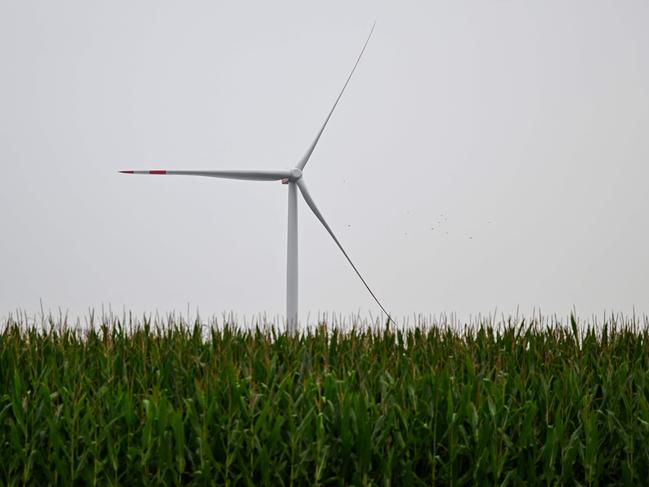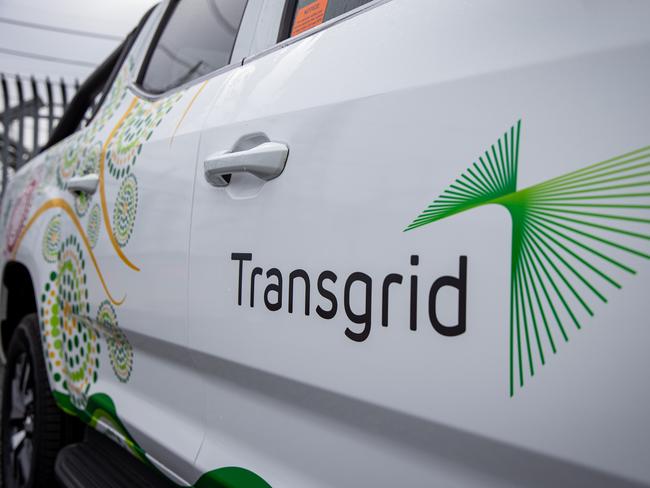Transgrid plan for three new Renewable Energy Zones near Broken Hill
A dramatic expansion of controversial renewable energy zones into country NSW has been met with outrage from the communities who will see high voltage transmission lines snaking across their land.
A dramatic expansion of controversial renewable energy zones into remote Western NSW has been met with outrage from the communities who will see high voltage transmission lines snaking across their land.
Privately owned poles and wires giant Transgrid has revealed it is “actively investigating” three new giant wind and solar Renewable Energy Zones near Broken Hill that would require 2000 km of new transmission lines.
Murray MP Helen Dalton said the people in her electorate did not want more high voltage lines crossing their land.
“People where I live are sick to death of Transgrid trashing our way of life, just so they can chase some green dream for people who live in the cities,” she said.
“A Renewable Energy Zones near Broken Hill will destroy rural life for many of us in NSW,” Ms Dalton said. “We cannot allow another 2000 kilometres of transmission lines to be strung up through farmland and rural countryside.”

Ms Dalton backed calls from NSW Farmers for the lines to be buried underground which would cut bushfire risk and reduce maintenance costs and power outages.
“I’m already at war with Transgrid over the fact they won’t put their transmission lines underground simply to maximise their profits. This latest plan must be opposed at all costs,” she said.
In its Transmission Planning Annual Report the company says the three REZs near Broken Hill – Noona, Northwest Horizon and Broken Hill – are “being actively investigated”.
It warns that “Initial analysis suggests that the development costs of the remote inland REZ are up to 27 per cent more expensive.”
To offset that cost Transgrid plans to use a “tapered capacity” approach where it builds wind and solar farms along the entire 2000 km length of the transmission lines.

Its report said that approach “deploys generation along the length of the corridor to provide valuable midway voltage support that can often be necessary to transfer large amounts of power over long distances.”
Transgrid chief executive Brett Redman said the inland REZs were a better option in the future than relying on offshore wind farms.
“Remote inland renewable energy zones (REZs) are emerging as a more likely source of additional renewable power in the mid-2030s. Transgrid is exploring how and where these remote inland REZs could be developed including the western portion of NSW which has excellent solar and wind resources on under-utilised, low-density land,” he said.
Nationals leader Dugald Saunders said the “bungled” rollout of the five existing REZs needed to be fixed before any new projects were considered.

“It doesn’t make much sense to take on more large-scale projects when it can’t seem to manage getting the existing ones right,” he said.
Shadow energy spokesman James Griffin said energy experts had told him the five existing REZs zoned in NSW were enough and no more were needed.
“Industry tells me the current REZs are enough and there is no need to go and look for new ones, that would be unnecessary.
“What the government needs to do is give both industry and communities clarity by getting the roll out of existing REZs right and work with what they have already got in front of them.”
Australia Institute senior researcher David Richardson said adding 2000km of poles and wires appeared to be an attempt to “gold plate” the grid with the cost passed on to electricity consumers. It would increase the size of Transgrid’s network by almost 15 per cent.
“Since the transmission of electricity has been corporatised with profit targets the consumers of NSW have been the big losers,” he said. Transmission costs are passed on to customers and make up almost 10 per cent of every bill.
“The lack of financial detail from Transgrid is frustrating,” he said. “They should be held to the same standards as a public company.”
More Coverage
Originally published as Transgrid plan for three new Renewable Energy Zones near Broken Hill





